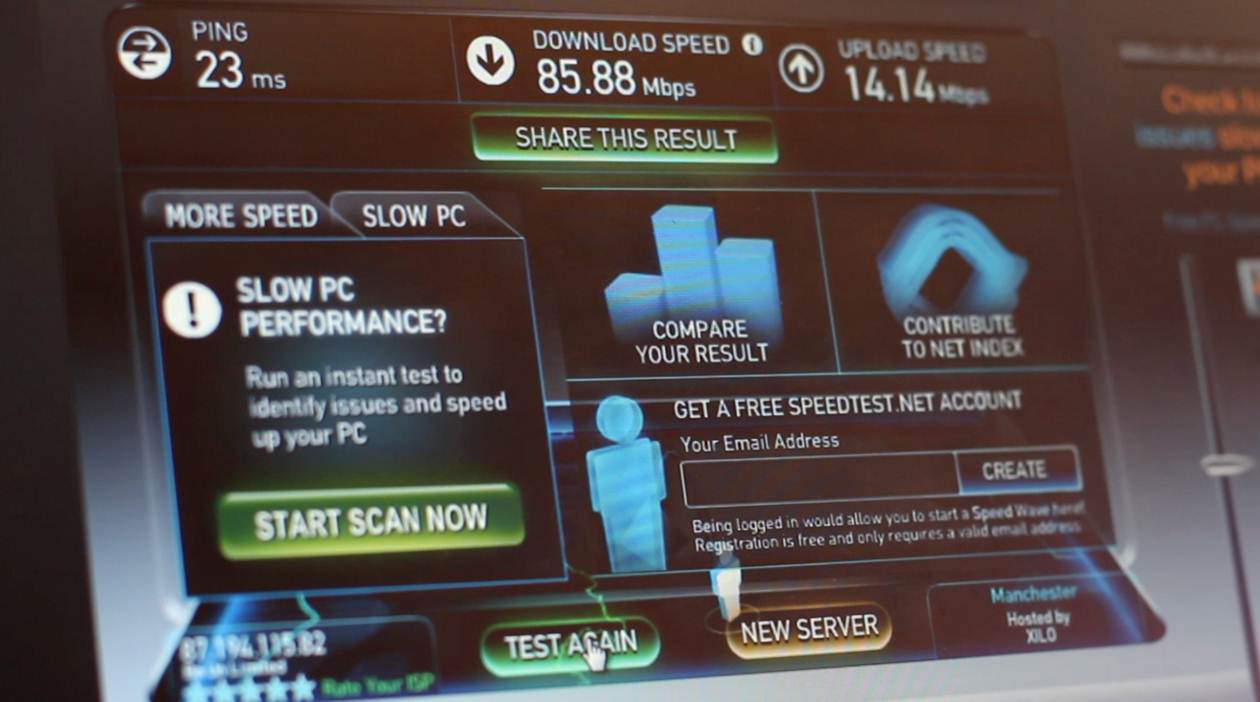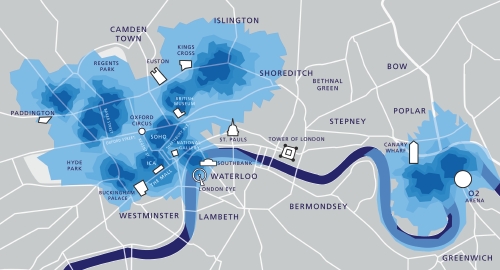Head of O2’s London LTE trial on trial design, device availability, vendor selection and consumer usage
O2 has announced that it now has a live LTE trial operating in central London. The trial will run until June 2012, and will be used to determine future LTE network planning and architecture across the Telefonica group, as well as track how customers respond to the added bandwidth and low latency that LTE brings.
Over 1000 individuals are expected to take part using either a Samsung B3730 dongle, 4G personal wireless hotspots (MiFi) and, later, early LTE handsets. Rob Joyce, Head of 4G trial at O2, said that LTE device prototypes are currently being tested in O2 labs, but that it would be “a few months” before they are suitable for release on a live network. “But they do exist and we have seen them,” he said.

O2 has 20MHz of test spectrum to operate in, at the 2.6GHz band. For the trial, 25 LTE cell sites will cover an area of 40 square kilometres.
Joyce said that the LTE sites are all mapped to existing, upgraded 2G and 3G sites, except for within the O2 Arena, which has been equipped with small cells to provide dedicated in-building coverage. (O2’s Slough HQ is now equipped with an LTE small cell on every floor, with a macrocell overlay, Joyce added.)
“For the trial, we aimed for a macrocell network initially,” Joyce said. “In the future we understand the need to look at small cells, but for a trial we hope will have one thousand users, the capacity boost that small cells will provide is not the priority. Coverage is more the issue, and I want the users to be able to move around London freely using the LTE service.”
As for providing in-building coverage, Joyce said that he expects the 2.6GHz service to work as well as O2’s 3G coverage at 2.1GHz in terms of penetrating London’s offices and shops. “Our view is that we’ve densified the 3G network at 2.1GHz so we expect that will be dense enough for the 2.6GHz trial network.”
Joyce emphasised that O2 does not yet know what spectrum it will win for deploying LTE, so it has to assess its deployment options from digital dividend spectrum at 800MHz, through refarmed GSM 900MHz spectrum, 1800 and 2100MHz spectrum up to 2.6GHz.
The trial LTE network has been deployed using equipment supplied by Nokia Siemens Networks for both the radio and core network elements. Joyce said that the operators wanted to “have a look” at NSN, which had won a competitive tender process for the trial. Although Huawei provided the radio equipment for O2’s 2009 LTE trial in Slough, all that kit has now been swapped over the NSN, Joyce said.
Backhaul for the 4G trial network is being provided using point-to-multipoint (P2MP) microwave equipment from Cambridge Broadband Networks Limited (CBNL), with NEC and Nokia Siemens Networks providing point-to-point microwave links. Several sites are also already equipped with fibre connections, Joyce said.
The announcement is a coup for CBNL in particular, as the vendor has been pushing its point-to-multipoint solution as a fix for small cell backhaul. Lance Hiley, VP Market Strategy for CBNL, said that its P2MP VectaStar equipment is providing backhaul for “over 50%” of the 25 trial sites, using available spectrum in the 28GHz band. Hiley confirmed that the company was providing its equipment under commercial terms, but could provide few further details as the vendor is still awaiting clearance from O2.
Joyce said that O2 was neither “convinced nor unconvinced” by P2MP, but he did describe it as an idea whose “time was coming” as more small cells are rolled out, and said that so far the VectaStar kit had been performing as expected. “It’s not as robust or high capacity as fibre, but we have to ask, do we really want to run fibre to a site with ten users? If not, what are the alternatives. P2MP microwave is one, and P2P is another.”
Aside from the technical dimensions, Joyce said the operator has told users to try and use as much data as possible, to test the network as much as possible. One user, Joyce said, has found latency and bandwidth at better levels than his home broadband, allowing him to have a better experience playing cloud-based online games through OnLive. Joyce said that the carrier is also seeing users use MiFi devices to provide WiFi access to iPads and other WiFi connected devices, using LTE as the backhaul. And O2’s own camera teams have been using the LTE connection to transfer hi definition standard TV streams, receiving an easier experience that booking 2Mbps satellite uplinks.
The London trial results will be shared at Group level through Telefonica’s Director of New Access Networks, Ian Miller.



